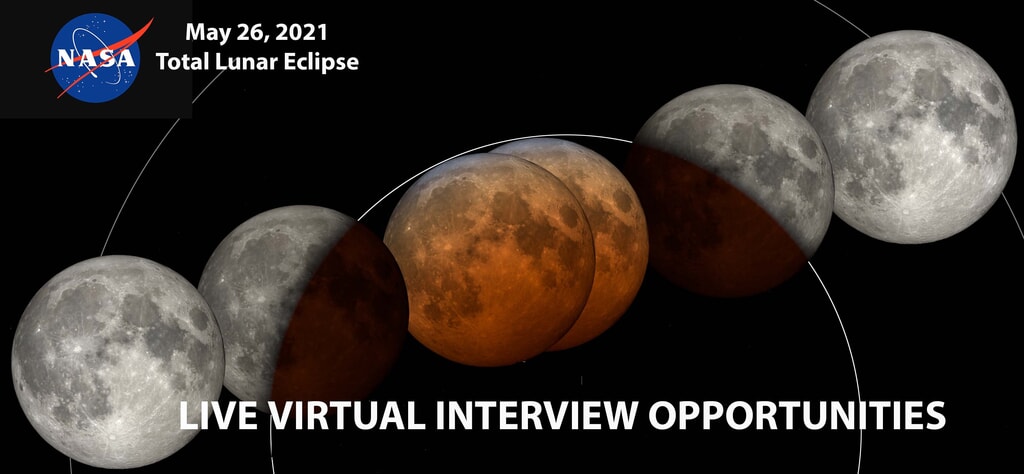Moonscapes
This video tours several visually compelling locations and sights on the Moon's surface, and speaks to what scientific value they hold. Dr. Noah Petro hosts and narrates.
Music Provided by Universal Production Music: "Broad Horizons" - Benjamin Krause & Scott Goodman
Watch this video on the NASA Goddard YouTube channel.
Dr. Noah Petro, the Project Scientist of the Lunar Reconnaissance Orbiter mission, takes viewers on tour of several interesting sights on lunar surface, revealing both the scientific value and visual beauty of the terrain. This video is being featured as part of the National Philharmonic’s 2021 Chamber Series event, “Music That Travels Through Space.” The event's broadcast can be found here: NationalPhilharmonic
Credits
Please give credit for this item to:
NASA's Goddard Space Flight Center
-
Producer
- David Ladd (USRA)
-
Scientist
- Noah Petro (NASA/GSFC)
-
Visualizer
- Ernie Wright (USRA)
-
Video editor
- David Ladd (USRA)
Release date
This page was originally published on Sunday, January 17, 2021.
This page was last updated on Wednesday, May 3, 2023 at 1:44 PM EDT.
